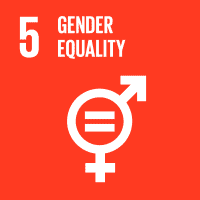Through the International Regional Law and Access to Justice in Latin America programme, GIZ is promoting human rights and the rule of law in Colombia, Costa Rica, Ecuador and Mexico. Implemented on behalf of the German Federal Ministry for Economic Cooperation and Development (BMZ), the programme provides training for judges and legal actors, for example. Groundbreaking cases are processed and made available to a wider audience.
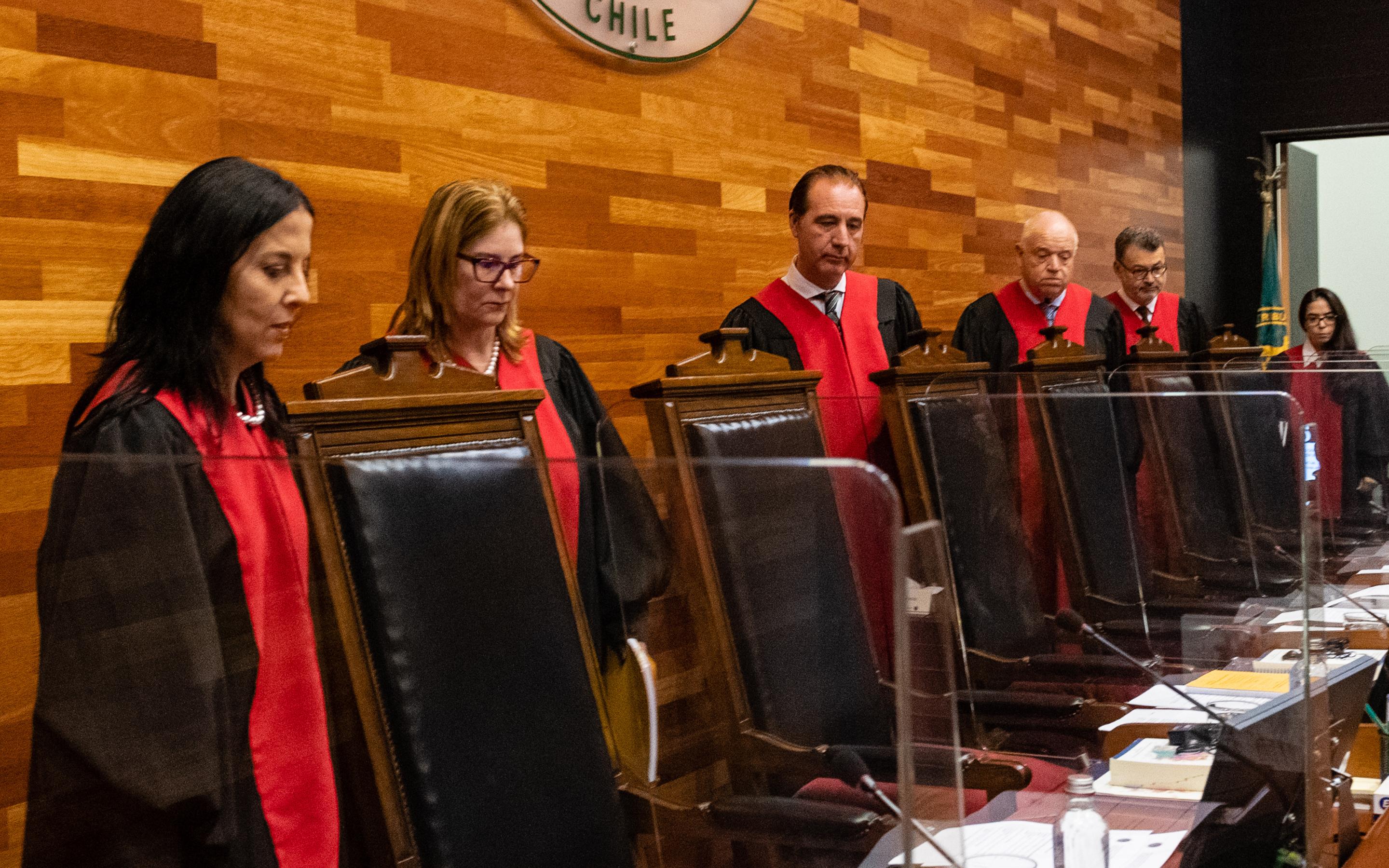 Corte IDH/flickr CC BY-SA 2.0
Corte IDH/flickr CC BY-SA 2.0
A driving force behind ‘green’ case law
We visit the Inter-American Court of Human Rights and the Human Rights Institute in San José, where human rights, nature and the environment are viewed in a new light.
On entering the Inter-American Institute of Human Rights (Instituto Interamericano de Derechos Humanos, IIDH), one instinctively lowers one’s voice to speak. The villa in the Costa Rican capital San José exudes the aura of a think tank. Portraits of directors from four decades past line the walls.
The institute was founded in the early 1980s, just after the Inter-American Court of Human Rights (Corte Interamericana de Derechos Humanos, IDH), which is based a few blocks away. Although they complement each other’s activities, the two institutions remain independent. The Deutsche Gesellschaft für Internationale Zusammenarbeit (GIZ) GmbH supports their work on human rights on behalf of the German Government.
Origins in the age of dictatorships
In the early years, the immediate focus was on protecting life and limb. This was the heyday of military dictatorships, freedom struggles and civil wars in Latin America. The regional human rights court and the institute dealt primarily with cases of torture, extrajudicial executions and crimes committed by juntas.
Climate change and human rights
Now there are new challenges: human rights viewed and developed from the perspective of climate change. ‘Today, the state has an obligation to ensure a healthy environment – and this applies to all rights, including the right to water and adequate food,’ says Jorge Padilla, Head of the Resource and Study Centre for Human Rights Education at IIDH.
In Padilla’s view, human rights can be interpreted as a common ‘language’ to effectively enforce protection of a healthy environment. A paradigm shift is emerging here: protection not only of the individual as a holder of subjective rights, but also of nature and, above all, a healthy environment. This is a basic prerequisite for people to be able to protect their fundamental right to life.
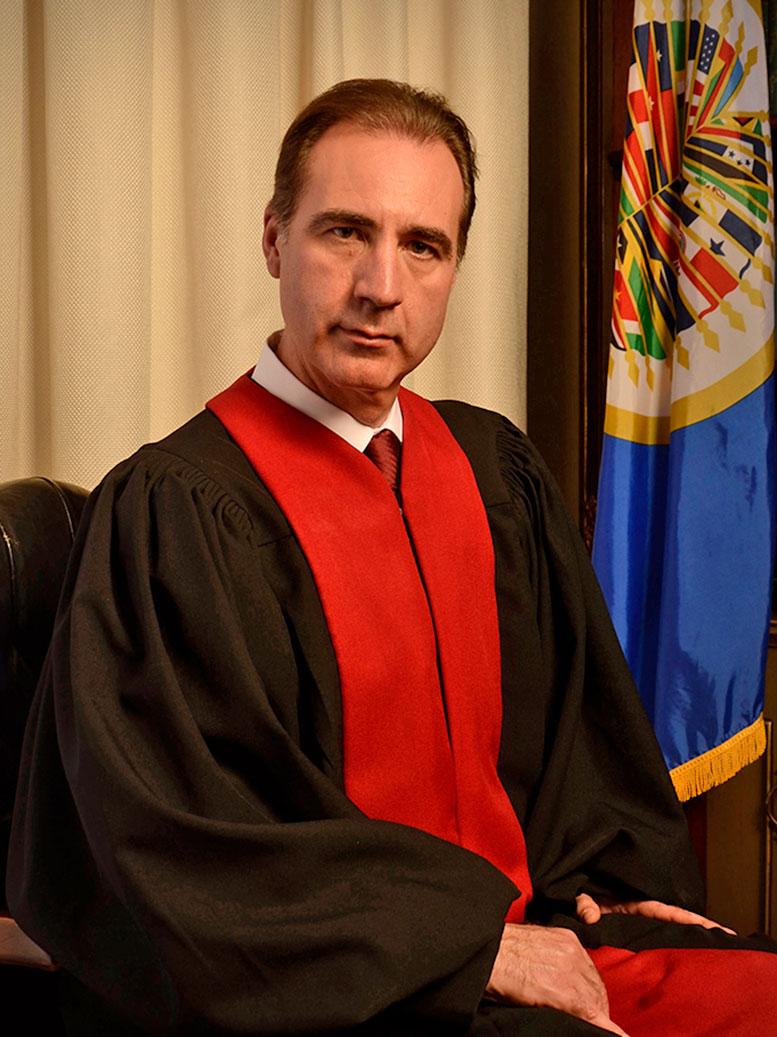 corteidh.or.cr
corteidh.or.cr
‘Keeping future generations in mind’
An interview with Eduardo Ferrer Mac-Gregor Poisot, Vice President of the Inter-American Court of Human Rights. More
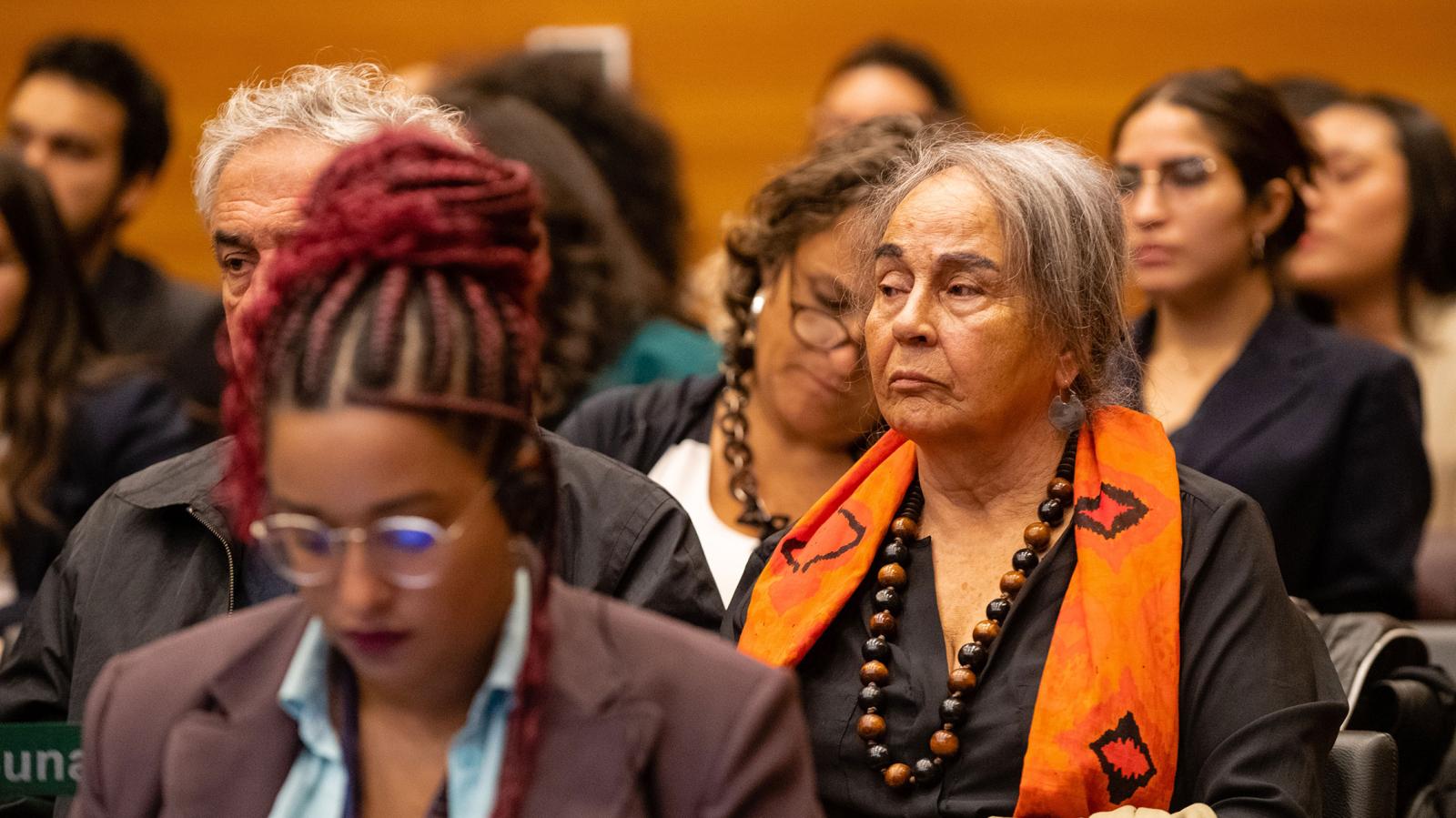 CorteIDH/Flickr CC BY-SA 2.0
CorteIDH/Flickr CC BY-SA 2.0
Public hearing in the case brought by the Quilombola communities of Alcântara against the Brazilian state before the Inter-American Court of Human Rights. This is also an outstanding case: in the 1980s, the Brazilian Air Force built a missile launch base on the site of these traditional communities.
Green beacon
You could say that the right to a clean environment is a kind of environmental human right. And the states of Latin America are required to safeguard this right, following a ruling some years ago by Corte IDH. Indeed, Corte IDH moved more rapidly on this than the United Nations, as Padilla is proud to point out. Particularly as the UN resolution adopted in July 2022 is merely a non-binding guideline.
Advisory opinions on the climate emergency and human rights
The judgments and advisory opinions of Corte IDH have become ever greener over the years. Now there is eager anticipation over an opinión consultiva on the relationship between the climate emergency and human rights, Jorge Padilla explains. Chile and Colombia want to know from the court the extent to which the state is obliged to protect the rights of each and every individual, as well as those of certain population groups as a whole, during the climate emergency.
‘With their application to the court, the two countries are ultimately trying to have ecocide established as a new crime against humanity,’ the 42-year-old explains. The court has been deliberating the issue since early 2023, supported by a large number of amici curiae, that is to say statements from non-governmental organisations, experts and academics.
Platform disseminates landmark judgements
IIDH has always closely followed developments in the tribunal’s case law. The institute processes the judgments of the tribunal and makes sure – with the support of GIZ – that the advisory opinions and judgments are widely disseminated.
Jorge Padilla is particularly proud of a documentation tool which simplifies the dissemination of judgments and advisory opinions. Padilla opens up a page on his computer screen which offers the viewer a platform with access to Corte IDH case law. The Digesto Themis tool can be used to search the relevant case law based on articles of the American Convention on Human Rights (Convención Americana sobre Derechos Humanos, CADH).
Since 2020, a second platform, Acceso a la Justicia (access to justice), has provided a quick and clear overview of key decisions made by courts in the Americas. These can be consulted from anywhere in the world, which makes it much easier for NGOs, lawyers and human rights centres in other countries to use findings for their own proceedings. This platform was developed by IIDH in collaboration with GIZ.
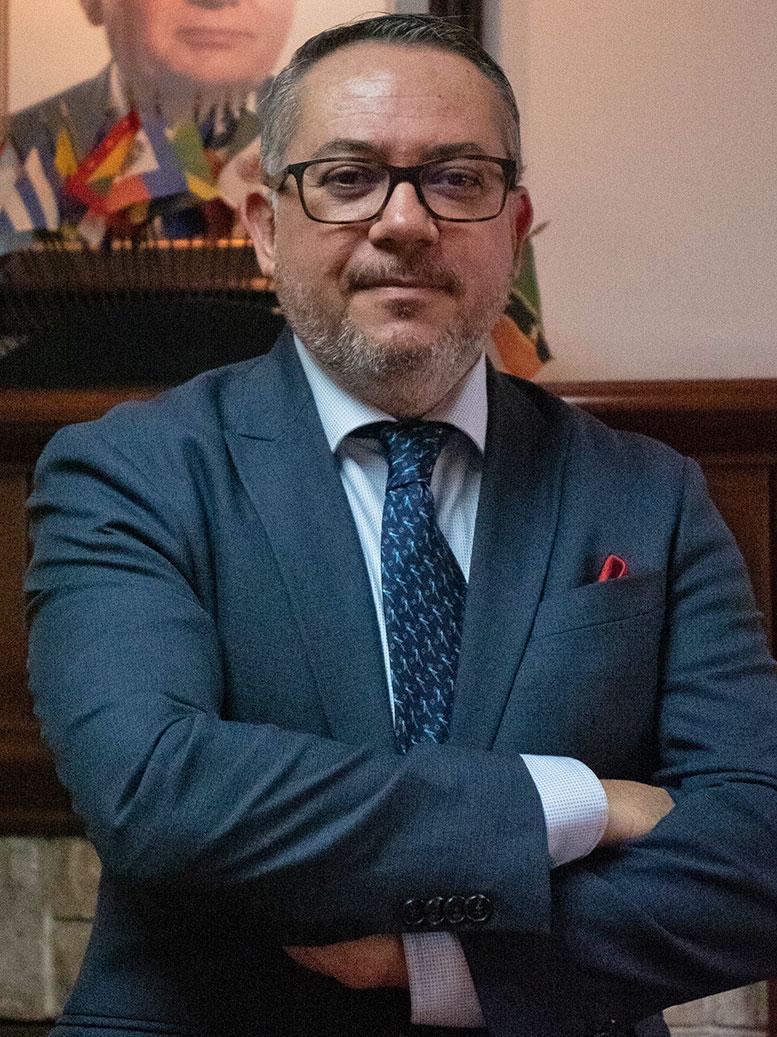 Alonso Segura Mora
Alonso Segura Mora
Jorge Padilla
 Alonso Segura Mora
Alonso Segura Mora
‘On the webpage we have summarised judgments in a concise and informative way, we show the strategy of the proceedings and who conducted them, the case history, the judgment and ultimately the status of implementation of the judgment,’ Padilla explains.
‘Today, the state has an obligation to ensure a healthy environment.’
Environmental judgment from Mexico that went around the world
There was a judgment from Mexico, for example, in which an NGO had successfully sued the country’s Environment Ministry. Dating back to 2019, this legal dispute concerned the release of information on hazardous waste. The case has now been consulted almost 1,300 times – from Chile to Finland and Hong Kong.
The webpage also contains third-party statements on specific legal questions submitted during proceedings. The platform permits organisations, human rights lawyers and interested parties to obtain information about a current situation in another country. By exchanging with those involved there, they can use the information in conjunction with their own cases – promoting observance of human rights around the globe.
